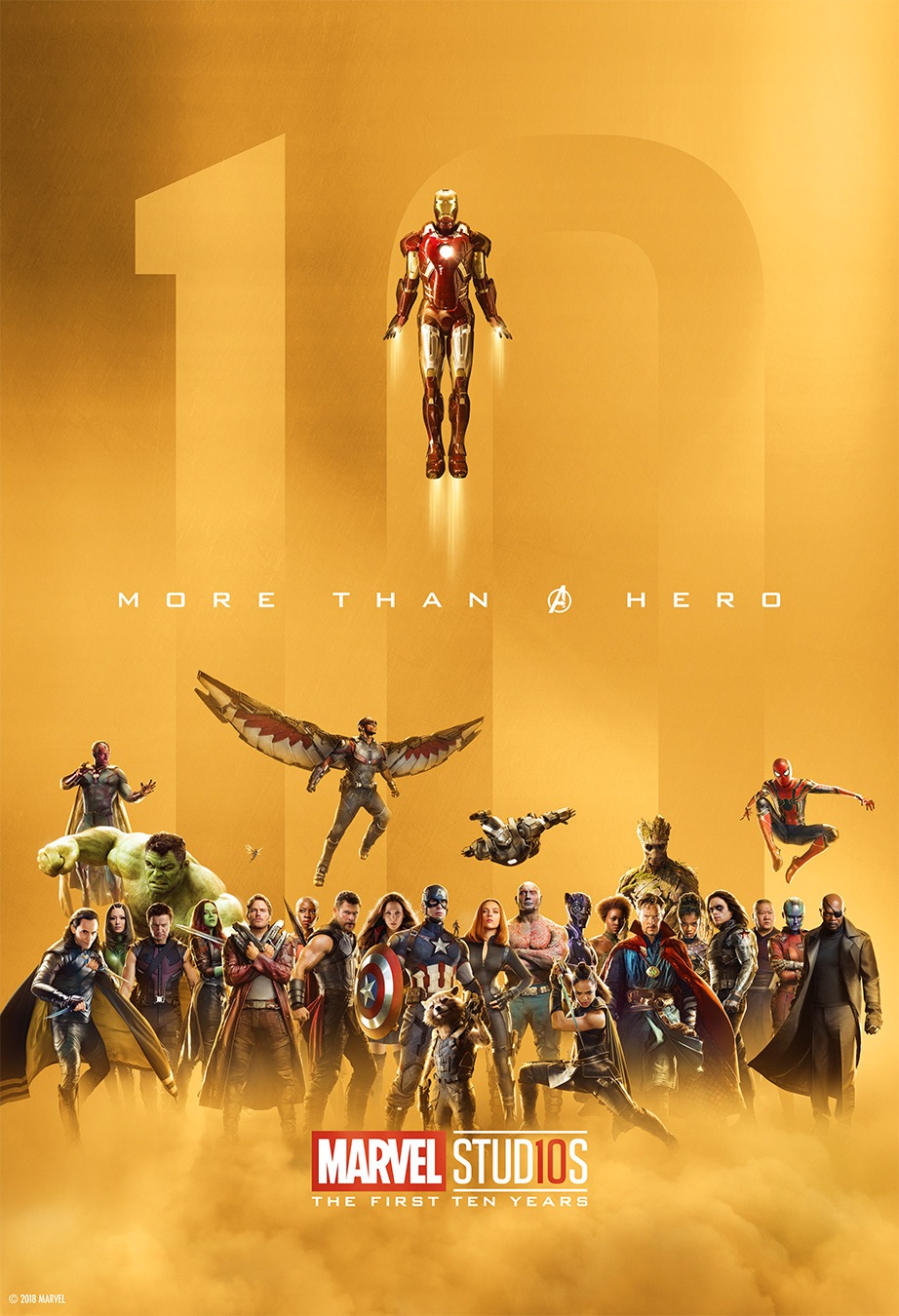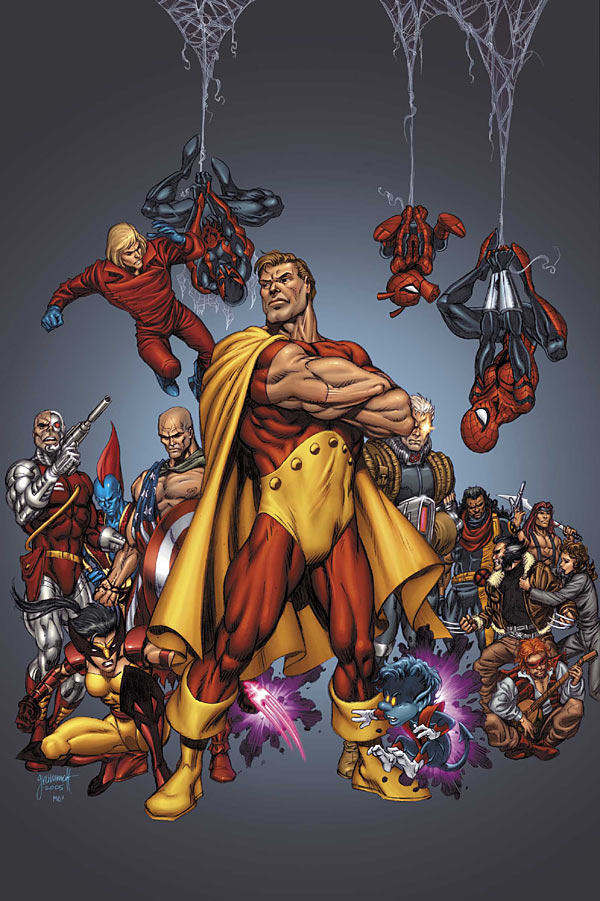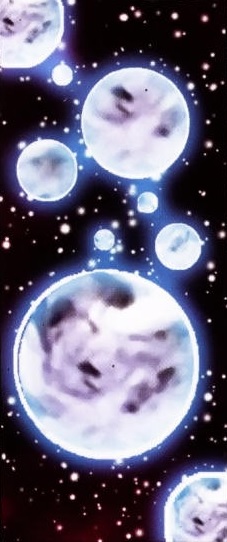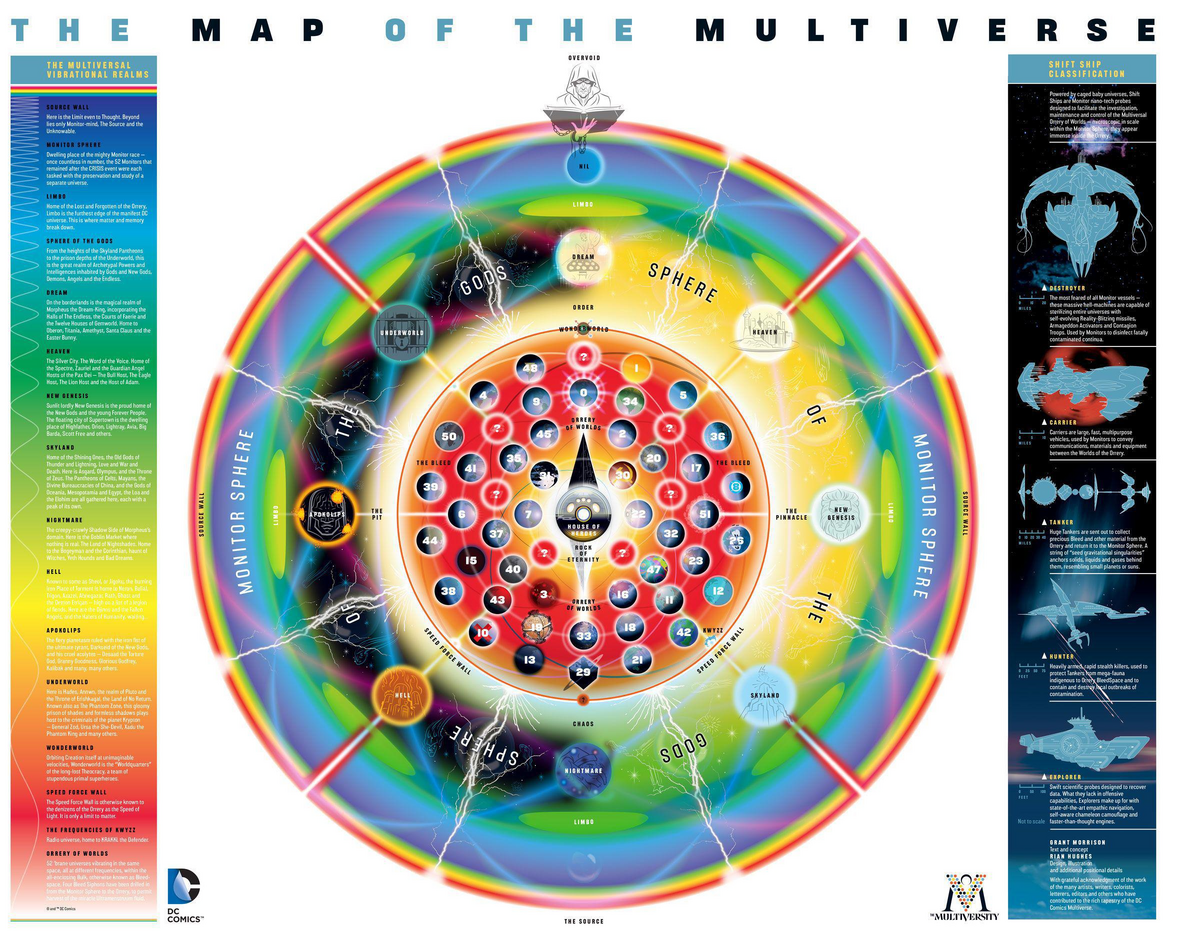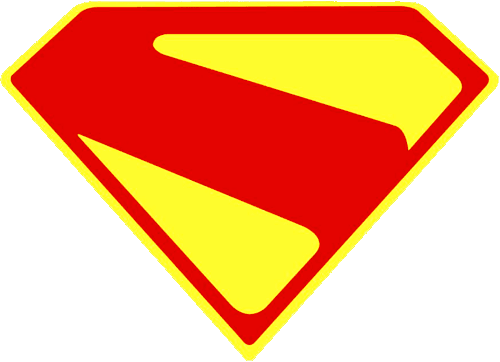Recently, WotC's Jeremy Crawford indicated that only the D&D 5th Edition books were canonical for the roleplaying game. In a new blog article, Chris Perkins goes into more detail about how that works, and why.
This boils down to a few points:
If you’re not sure what else is canonical in fifth edition, let me give you a quick primer. Strahd von Zarovich canonically sleeps in a coffin (as vampires do), Menzoberranzan is canonically a subterranean drow city under Lolth’s sway (as it has always been), and Zariel is canonically the archduke of Avernus (at least for now). Conversely, anything that transpires during an Acquisitions Incorporated live game is not canonical in fifth edition because we treat it the same as any other home game (even when members of the D&D Studio are involved).


 dnd.wizards.com
dnd.wizards.com

 www.enworld.org
www.enworld.org
This boils down to a few points:
- Each edition of D&D has its own canon, as does each video game, novel series, or comic book line.
- The goal is to ensure players don't feel they have to do research of 50 years of canon in order to play.
- It's about remaining consistent.
If you’re not sure what else is canonical in fifth edition, let me give you a quick primer. Strahd von Zarovich canonically sleeps in a coffin (as vampires do), Menzoberranzan is canonically a subterranean drow city under Lolth’s sway (as it has always been), and Zariel is canonically the archduke of Avernus (at least for now). Conversely, anything that transpires during an Acquisitions Incorporated live game is not canonical in fifth edition because we treat it the same as any other home game (even when members of the D&D Studio are involved).

D&D Canon | D&D Studio Blog | Dungeons & Dragons
In this D&D Studio Blog, Chris Perkins describes the D&D Studio's position on canonicity.
D&D General - WotC: Novels & Non-5E Lore Are Officially Not Canon
At a media press briefing last week, WotC's Jeremey Crawford clarified what is and is not canon for D&D. "For many years, we in the Dungeons & Dragons RPG studio have considered things like D&D novels, D&D video games, D&D comic books, as wonderful expressions of D&D storytelling and D&D lore...
 www.enworld.org
www.enworld.org


